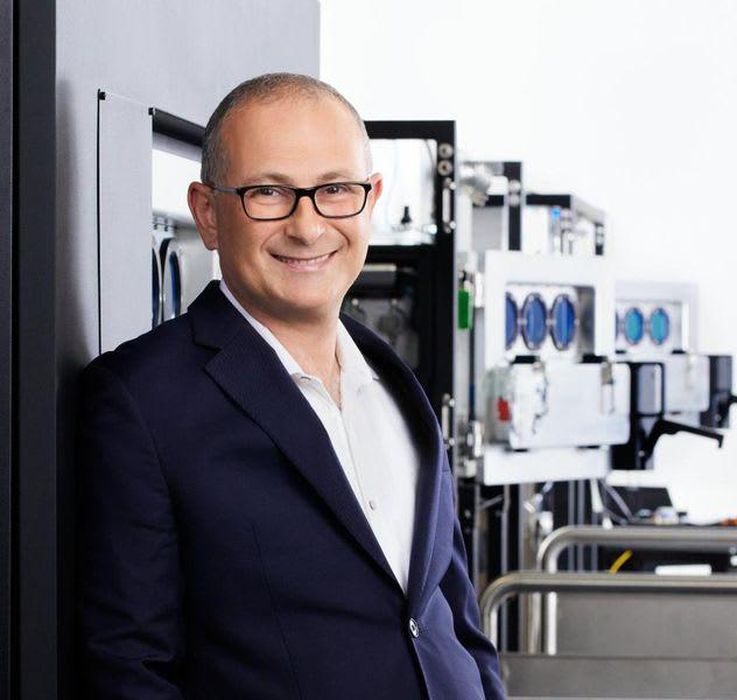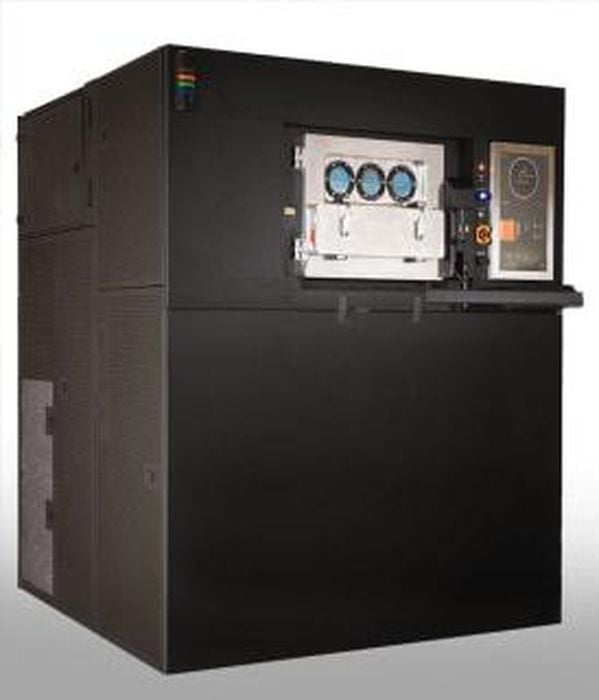
Velo3D has just debuted as a publicly-traded company following its merger with JAWS Spitfire Acquisition Corporation. The additive manufacturing technology company—which is trading stocks under “VLD” on the New York Stock Exchange—has been provided with $274 million in capital to accelerate the growth of its metal 3D printing business.
Velo3D is best known for its end-to-end additive manufacturing solutions in the production of high-value metal parts, with customers ranging from SpaceX and Honeywell to Boom Supersonic, Chromalloy and Lam Research. Its products include the Flow print preparation software, Sapphire printers, and the Assure quality control system—all of which are supported by the company’s Intelligent Fusion manufacturing process. In Q4 of 2021, Velo3D plans to roll out its new Sapphire XC printer, which will reportedly manufacture parts 400 percent larger in volume and simultaneously reduce production costs by 65-85 percent.
As one of Fast Company’s World’s Most Innovative Companies in 2021, Velo3D has come a long way from its humble beginnings in 2014. Engineering.com had the opportunity to chat with Velo3D founder and CEO, Benny Buller—the unique man who made it all happen.
Engineering.com: Tell us the story of your journey from physicist to CEO of Velo3D.
Benny Buller: I’m a physicist [with a Master’s degree in electrical engineering]. For the first 10 years of my career, I worked in the technology unit of the Israeli Intelligence—kind of something between Mr. Q from the James Bond movies and the NSA. A lot of really cool and very valuable projects, and on one of those projects I got the national security award from the president of Israel. I moved to the United States in 2002, and worked in semiconductors [specifically, learning about electron-beam inspection and the precise measurement of yield and quality]. Later on, I moved and worked on solar energy and renewable energy on photovoltaics [in process control and in-situ monitoring], and I led the development of First Solar’s modules. First Solar is the only non-Chinese company among the largest 10 solar companies in the world, and I think it’s the only profitable solar company in the world. Then I became an investor for two years and stumbled upon the opportunity in the metal additive space—and that’s how I started Velo3D.
What made you realize that additive manufacturing technology was not living up to its promise? How was legacy metal AM limited in its capabilities?
I actually stumbled upon that by accident, working with a portfolio company that was trying to 3D print parts. They had been struggling to produce the parts they needed, so they had to change the design to accommodate that. I started to talk with more people that were using the technology. When I realized how limited the technology was, I was quite horrified to be honest.
The metal 3D printing technology, if you think about it, the ideal use case for that is those complex parts that have very complex internal structures, cavities and surfaces that are not accessible from the outside. Because if they would be accessible from the outside, you would just machine that using CNC—a fully digital manufacturing technology that has matured over the last 30–40 years, and is extremely capable, digital, and high performance.
So the parts that you would want to use additive manufacturing for, are those parts that you cannot machine effectively because they have surfaces that are not accessible from the outside. And it turns out that most of those parts are actually not naturally manufacturable by additive manufacturing because they would require supports, and those supports would be in places that are hidden from the outside and are therefore not removable using machining tools. Basically, you have a conundrum here: you have a technology that is a solution looking for a problem. The vast majority of the application field has not been accessible.
We heard you had an aha moment when talking with SpaceX. Could you tell us about that?
My aha moment was when I basically asked them point blank, “How valuable would it be if you had a technology that could eliminate your dependence on supports?” Their answer was that the vast majority of their parts, they can produce first shot, no problem. Then there are other components that they have to iterate a few times until they get it right. Maybe five percent of their components, they iterate again and again and again, trying to change the design, trying to print them in different ways until they have to give up on them.
When they did that, I wrote in my notebook, “For this customer, support-free is of marginal value.” Then one of the engineers in the room said, “You have to understand this answer. This is true because we have been printing parts using 3D printing for many, many years now. We know upfront what will work and what will not work, and we simply avoid the parts that you cannot make. But if we had the capability to print those five percent of parts, 100 percent of our parts would be like that.”
And that was the aha moment, the moment when I said, “If that’s the case, that’s what they should be working on to resolve this problem.”
How is Velo3D’s next generation additive manufacturing system different?
I think the big difference is not between the next generation system and competitors, but between all Velo3D systems. So all Velo3D systems are called Sapphire and fundamentally those systems can produce practically any geometry that has a minimum feature and a maximum size that fits within the envelope of the system. You don’t need to be enslaved to the limitations of additive manufacturing like you are with other systems. That’s the fundamental difference.
The second big difference is that all our systems are operating from the same print files, with the same manufacturing process, and allowing anyone to produce the same parts with the same outcomes from anywhere in the world, at any time. This is critical both to scale this technology as well as to reduce the cost and time of qualification. It is very different compared to the artisan approach where everyone can tweak their parameters and every system is somewhat different.

How does Velo3D’s technology transform manufacturing processes by reducing complex products down to single parts with better performance and less overall weight?
One of the most exciting applications of 3D printing is to take assemblies that today are made using tens or even hundreds of parts, and make them using one or very few number of parts. When you are trying to do that, what you’ll typically find is that the resulting parts are completely non-manufacturable by existing additive manufacturing technologies and systems. They are manufacturable with our systems.
In some of the cases, we were able to reduce the weight compared to the alternative by as much as 50 percent, allowing customers to use 50 times less parts and reduce delay time by about 10 times. The important thing is that we can allow customers to do that without having to compromise on performance. Whereas in the commodity additive manufacturing systems that have been out there before us, you would have to use this concept of design for additive manufacturing (DfAM) to really bastardize those designs and compromise a lot of the performance in the process, and the time it takes to develop that, frankly.
Read more at ENGINEERING.com
